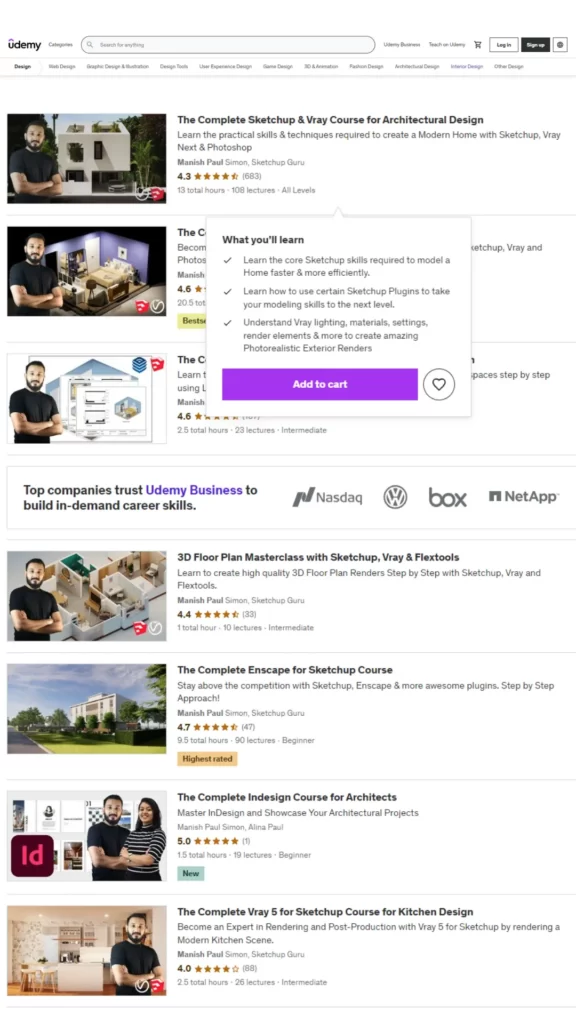Exploring the Dynamic Landscape of Online Learning Platforms for Design Education
In recent years, the education landscape has undergone a significant transformation with the advent of online learning platforms. This shift has been particularly pronounced in the realm of design education, where traditional classroom settings are being supplemented and, in some cases, replaced by digital alternatives. The market for online learning platforms catering to design education has witnessed remarkable growth, offering both aspiring and seasoned designers a wealth of opportunities to learn, upskill, and master their craft. In this blog post, we will delve into a comprehensive market analysis of online learning platforms for design education, exploring key players, trends, challenges, and the overall impact on the design industry.

Key Players and Platforms:
The market for online design education is populated by a diverse array of platforms, each catering to different niches within the field. Established platforms such as Coursera, Udemy, and LinkedIn Learning offer a wide range of design courses, spanning graphic design, UX/UI design, interior design, and more. These platforms often collaborate with top-tier universities and industry experts to curate high-quality content.
In addition to these giants, specialized platforms like Skillshare and Domestika have gained popularity for their focus on creative skills. They provide a space for designers to share their expertise through project-based courses, fostering a sense of community and collaboration among learners.
Trends Driving the Market:
Several trends are driving the growth of online learning platforms in the design education sector:
- Flexibility and Accessibility:
Online learning platforms eliminate geographical constraints, enabling learners from around the world to access high-quality design education. Asynchronous learning options accommodate different schedules and time zones. - Project-Based Learning:
Many platforms emphasize project-based learning, where students work on real-world design tasks. This approach not only enhances practical skills but also helps build portfolios. - Microlearning and Skill-focused Content:
The rise of microlearning, with short and focused lessons, caters to learners looking for quick skill acquisition. This trend aligns well with the fast-paced nature of the design industry. - Industry-Relevant Content:
Online platforms collaborate with industry professionals to provide up-to-date content, ensuring learners are equipped with skills that align with current design trends and technologies.
Challenges to Consider:
While the market for online design education is flourishing, it’s not without its challenges:
- Quality Control:
The open nature of online platforms means that course quality can vary significantly. Distinguishing between high-quality content and subpar offerings can be a challenge for learners. - Lack of Interaction:
Design education often benefits from in-person critiques and collaboration. Replicating these aspects online can be difficult, even with discussion forums and peer reviews. - Skill Validation:
The design industry places high value on credentials. Online courses, while valuable, sometimes struggle to provide the same level of validation as traditional degrees.
Impact on the Design Industry:
The influence of online learning platforms on the design industry is multifaceted:
- Diverse Talent Pool:
Online education widens the talent pool by enabling individuals from various backgrounds and locations to enter the field. - Continuous Learning:
Design is an evolving field. Online platforms facilitate continuous learning, allowing professionals to stay updated with the latest tools, techniques, and design philosophies. - Democratization of Education:
Online platforms democratize education by making it more affordable and accessible. This has the potential to reduce barriers to entry and increase diversity within the design industry.
Conclusion:
The market analysis of online learning platforms for design education reveals a dynamic landscape marked by innovation, accessibility, and challenges. As the design industry continues to evolve, these platforms will play an increasingly vital role in shaping the skills, talents, and perspectives of the designers of tomorrow. By addressing challenges and leveraging emerging trends, online learning platforms have the potential to bridge the gap between traditional education and the demands of a rapidly changing design industry.












